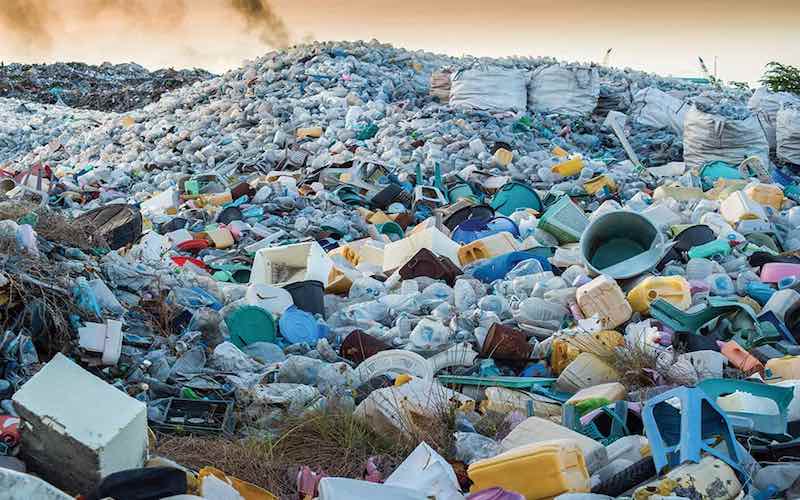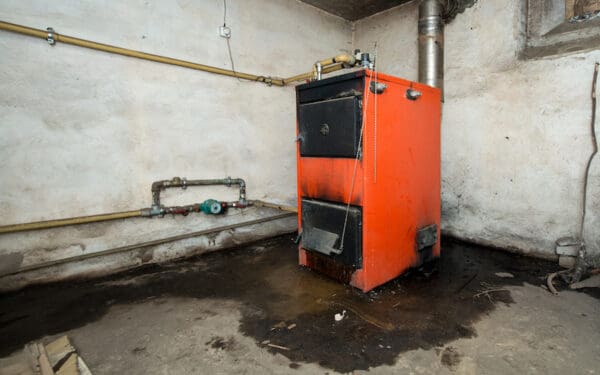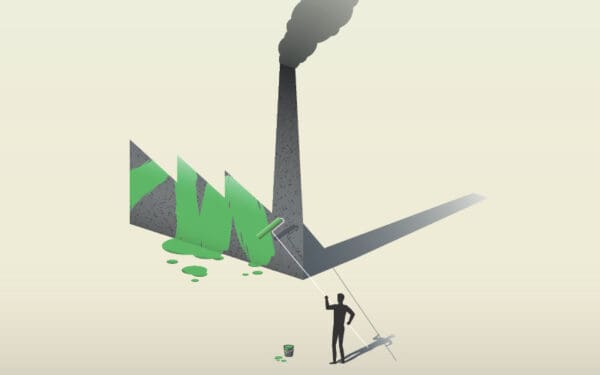
Plastic manufacturers keep producing tons of plastic each year that end up in landfills and in waterways because it's a profitable way to use fossil fuels. Photo: Shutterstock
When you’re in a hurry, they make it seem so simple: pick up the pre-packaged apples in that convenient plastic tote. Opt for the single-serve coffee encased in a plastic pod rather than brew an entire pot. Grab that plastic squeeze tube of yogurt for lunch. No fuss. No muss.
But here’s the truth: Big Plastic has sold us on these easy-to-use plastic products and packaging, even though their effects, in the long run, are neither quick nor easy. In fact, the intrusion of plastic into every conceivable corner of our lives is contributing to the degradation of not only the planet but of our very own bodies.
Why are we getting buried in plastic?
From the moment you arise and brush your teeth with that plastic toothbrush to when your head hits that microfiber pillow at night, you are surrounded by plastic. Someone is selling us all this plastic, and they’re making a lot of money doing it. That “someone” would be fossil fuel companies.
It turns out that more than 99% of the plastic around us is derived from refined crude oil and natural gas. And oil and natural gas – drilling for it, refining it, burning it – spews carbon pollution into our environment, contributing to climate change.
Fossil fuel companies producing the stuff don’t seem bothered. Indeed, as the world attempts to transition away from fossil fuels because they’re seriously heating up our planet, the companies that produce them have deftly picked up another game. They’ve shifted their business model into making even more plastic. What better way to keep the profits flowing?
And they’ve been successful. In the last few years, companies like ExxonMobil, Shell, and Saudi Aramco have ramped up their plastic output as a clever hedge against a drop in fossil fuel use in response to climate change. Since 2010, companies have invested over $200 billion in 333 plastic and other chemical projects in the U.S. This has happened before a backdrop of intensifying extreme weather caused by climate change and a steady drumbeat of new research revealing the pernicious effects of plastic on the body. Where does that leave us? (And especially poorer countries, which are often the dumping ground for the plastic of wealthier nations?) Surrounded by more plastic.
Our plastified world
Plastic is so omnipresent that it has become an inescapable option for the hundreds of little and big “choices” we make daily. Bread bags, food storage containers, laundry detergent jugs, synthetic fabrics, furniture, the list goes on and on. Even when a non-plastic alternative is offered, it’s usually expensive or hard to find, limiting its ability to counteract all the other plastic in our daily lives. Once discarded, so many of these objects get thrown into landfills or tossed aside in our environment, ending up at the bottom of the ocean or littered along highways. Who hasn’t seen a pile of discarded water bottles on a hike through an otherwise pristine forest? Or plastic bottle caps buried in the sand at the beach? On a windy day, we even see plastic bags hanging from trees like synthetic magnolia blooms.
We’ve been told all this excess plastic is getting recycled – if we could only remember to put it all in a recycling bin. But that’s far from the truth. Only a tiny fraction of what we toss into recycling bins gets recycled, especially when it comes to plastic bags.
So, what ultimately happens to the 300 pounds of plastic waste that the average American generates each year? The answer isn’t pretty. All the mountains of plastic (a trillion-dollar annual industry worth more than the global arms, timber, and wheat trades combined) stick around but in smaller bits. Microscopic bits. Mountains of plastic break down into microplastics, infiltrating our soil, water, air, and food. At the end of the chain, plastic winds up in the human body, including in the human liver, kidneys, and, as the last and final stop, fittingly, the human brain.
What plastic is doing to our bodies
When it comes to plastic and the human body, new reports seem to come out weekly: the average human brain contains an entire spoon’s worth of nanoplastics; levels of microplastics in human brains may be rapidly rising; plastic accumulation in brains has grown over time, increasing by 50% in just the last eight years. It makes sense that our brains now consist of a heavy dose of plastic. After all, microplastics have been found everywhere in the human body, including in blood, semen, breast milk, placenta, and bone marrow.
The effects of all this plastic accumulation in our bodies are still not completely known, although microplastics have been linked to strokes and heart attacks. In the latest study, brain tissue from people diagnosed with dementia held up to 10 times as much plastic as everyone else. Researchers say the accumulation rate of plastic in human bodies mirrors the amount of plastic waste on the planet.
“I would never have imagined it was this high,” says Matthew Campen, a toxicologist at the University of New Mexico who authored one of the latest studies. “I certainly don’t feel comfortable with this much plastic in my brain, and I don’t need to wait around 30 more years to find out what happens if the concentrations quadruple.”
Researchers posit that most of the microplastics in the body are ingested through food, especially meat, because commercial meat production tends to concentrate food plastics in the food chain.
It’s time to hold Big Plastic accountable
By now, it should be obvious that the overproduction of plastic is poisoning our bodies and the planet. Plastic pollution is choking our rivers, killing ocean life, worsening the climate crisis, and defiling our communities. It’s even clogging our brains.
The only way to fight back is to rein it all in, starting with the producers. We need strong bottle bills across the states that will hold producers accountable for the lifecycle of their products. Strong producer responsibility laws force companies producing single-use plastic packaging to pay to manage their waste. In the last few years, Maine led the nation in passing one of the first producer responsibility laws in the country. Now, other states have followed the lead. While that’s a start, it’s not the end. We must pressure manufacturers to find an alternative to plastic packaging. We need stronger state laws protecting our water from microplastic pollution and better laws preventing the incineration of plastic and its disposal in landfills. And we must force fossil fuel companies to stop producing products that are poisoning the planet and people.
Plastic is cheap, easy, and unavoidable. And that’s precisely what needs to change.



